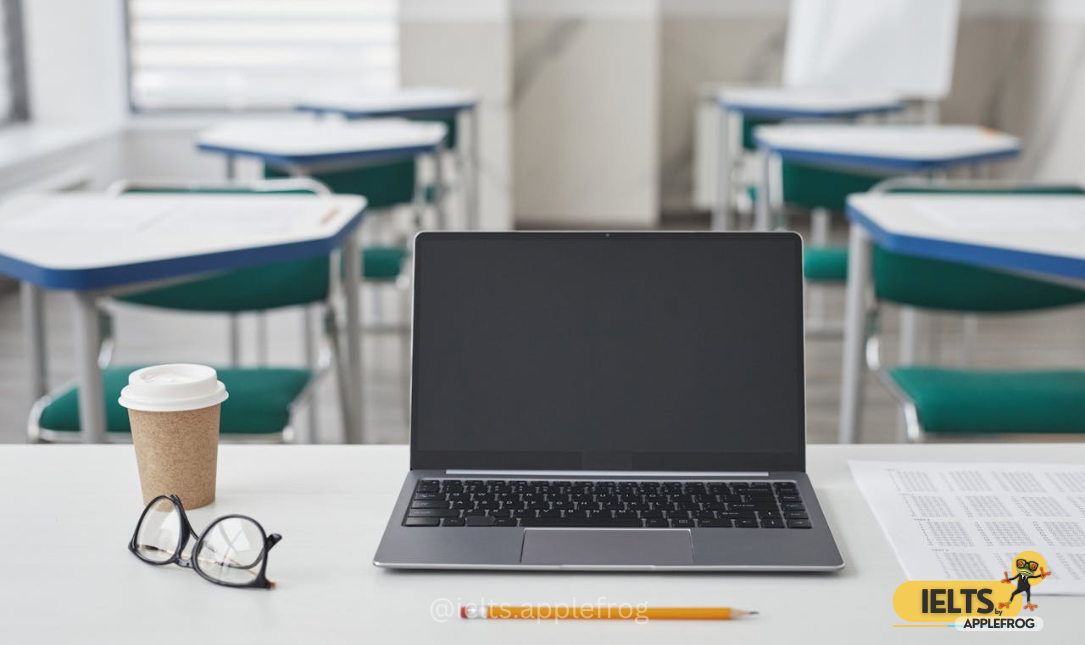
One of the most common challenges in IELTS Reading for test-takers is managing time effectively during the reading test. The test consists of approximately 900 to 2000 words and 40 questions, which can be daunting for slow readers. Many candidates struggle to complete the test within the allocated 60 minutes due to their reading pace.
In this article, we will explore ways to enhance your reading speed and achieve your desired band score. Remember, you don’t have enough time to grasp every single detail in the test. Therefore, consistent practice is crucial to mastering this skill.
Success in IELTS reading isn’t just about understanding the content—it’s about mastering speed and strategy
This article will discuss:
- Exam summary
- Golden rules for IELTS Reading
- Why some people read more slowly than others
- Techniques to improve reading speed
- Skimming (Basic, Intermediate, Advanced Skimming Techniques, and seven skimming tricks)
- Scanning
Exam Summary
- The Academic Reading test lasts for 60 minutes.
- It contains three passages with a total of about 2000 words.
- The topics vary and include logical arguments and progressively challenging texts.
Golden Rules for IELTS Reading
- Answer questions quickly and accurately. Skip difficult ones and return to them later.
- Focus on skimming and scanning to find relevant information efficiently.
- Prioritize easier questions to save time for more challenging ones.
- Allocate about 1.5 minutes per question.
- Understand that questions typically follow the order of information in the passage.
- Pay attention to paraphrased content in questions instead of looking for exact words.
Why Do Some People Read Slowly?
- Attempting to understand every single word in detail.
- Reading word by word instead of grasping phrases or groups of words.
- Subvocalizing (quietly saying the words while reading).
- Re-reading sentences multiple times for clarity.
- Overanalyzing ideas or details unnecessarily.
Techniques to Enhance Reading Speed
To read faster and more effectively during the IELTS reading test, you must use specific techniques:
Skimming: Grasp the Big Picture
Basic Skimming Techniques
- Skim the title and the questions first to get a summary of the passage.
- Focus only on essential words like nouns, main verbs, adjectives, and adverbs. Ignore fillers like “the,” “a,” “in,” or “is.”
- Underline key words in a few paragraphs, then reread to grasp the main ideas.
- Identify the basic structure of sentences: the subject, verb, and object (if present). Skip over less critical elements like adverbs and adjectives.
- Highlight connecting words like “moreover,” “however,” and “also.” With practice, you’ll spot these automatically, speeding up your reading.
- Recognize paragraph structures such as effects, causes, and methods to understand organization.
- Skim nouns across the text to form a general picture. Learn to distinguish between nouns, verbs, adjectives, and adverbs and understand their roles in sentences.
Intermediate Skimming Techniques
- Read the first sentence of each paragraph, then skim the beginning of the remaining sentences to grasp the paragraph’s theme.
- Notice referring words like “he,” “she,” or “it” to track information through a text.
- Ignore unfamiliar words to avoid slowing down. Focus on the overall context instead.
- Skim verbs in sentences to detect shifts or changes in the text’s content.
- Start at the verb and focus on everything that follows; verbs usually mark the start of new information.
- Use your finger or pencil to cover parts of the text to avoid overanalyzing.
- Skim for patterns or themes by looking at repeated or related words, keeping in mind that synonyms may create a consistent theme.
Advanced Skimming Techniques
- Skim forwards or backwards, noting words that create a broad picture, such as “airports,” “passengers,” or “lounge.”
- Pinpoint the paragraph’s central idea, which may not always appear at the beginning.
- Use your understanding of sentence and paragraph structures to predict content and navigate efficiently.
- Focus on the central point of a paragraph and skim surrounding nouns and verbs to understand the main idea.
- Leverage the questions to guide you through the text strategically.
Seven Skimming Tricks
- Use a pencil to guide your eyes while skimming.
- Practice skimming each sentence from left to right, then alternate directions when confident.
- Move your pencil vertically down the text, forcing your eyes to quickly scan both sides.
- Skim diagonally, from top left to bottom right, or vice versa.
- Jump in random directions through the text occasionally stopping to read specific sections.
- Skim the ends of sentences, where new ideas or critical information often appear.
Scanning: Pinpoint Details Quickly
Choosing Scanning Words
- Select scanning words carefully, focusing on nouns, names, and dates rather than general topics.
- Understand sentence structures to identify keywords like subjects, verbs, and objects.
- Group related questions together to scan efficiently through specific areas of the text.
How to Scan Effectively
- Scan left to right while focusing only on your chosen scanning words.
- To prevent reading every word, start scanning from the end of a line or paragraph.
- Scan diagonally or in a zigzag pattern, increasing speed with practice.
- Advanced scanners can focus on the center of a paragraph and absorb surrounding information without moving their eyes much.
Marking Text for Skimming and Scanning
- Use a pencil to underline only essential keywords like scanning words or organizing words.
- Avoid excessive underlining to keep important information visible.
Filling the Answer Sheet
- Use a pencil for easy corrections.
- Mark the end of each passage with a short line to track your progress.
- Write directly on the answer sheet, maintaining clarity and correctness.
- Pay attention to spelling, grammar, and word limits.
With consistent practice and these techniques, you’ll not only enhance your reading speed but also improve your overall accuracy and confidence in tackling the IELTS Reading test. Happy studying!












 Here can be your custom HTML or Shortcode
Here can be your custom HTML or Shortcode
0 Comments